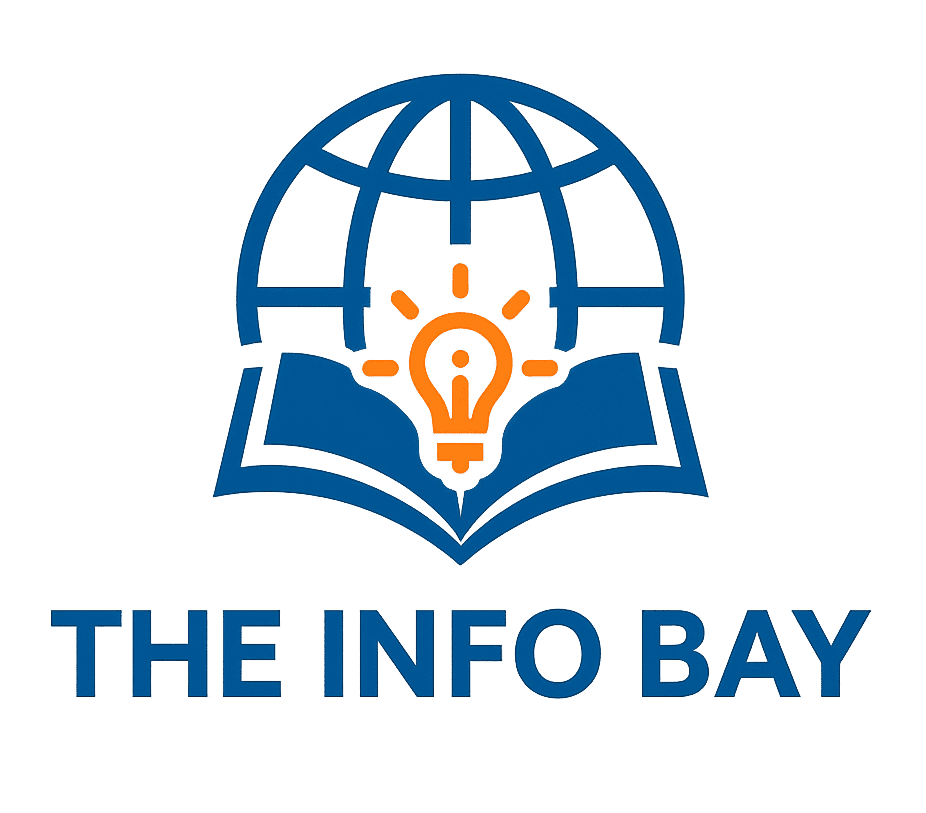Introduction
CRM’s Crossroads
Salesforce, one of the major players in SaaS / enterprise CRM (Customer Relationship Management), is trying to reinvent itself in the AI era. With its Agentforce platform, Data Cloud expansion, and a major acquisition (Informatica), the company is aiming to capture more of the AI- and data infrastructure growth. But while some metrics look promising, recent guidance and growing competitive pressures are raising concerns among investors.
In this article, we’ll cover:
Recent financials & growth
Key strengths & growth catalysts
Risks & headwinds
Valuation & analyst forecasts
Possible future scenarios
FAQs for investors
Conclusion with a call to action

Recent Financials & Performance
Earnings & Growth
In Q4 FY2025 (ending Jan 31, 2025), Salesforce reported revenue of about $10.0 billion, up ~8% year-over-year (YoY) (~9% in constant currency).
Data Cloud & AI Annual Recurring Revenue grew to $900 million, a year-over-year increase of ~120%.
The company closed about 5,000 Agentforce deals since October, including over 3,000 paid ones.
Operating cash flow rose significantly (~28% YoY), and Remaining Performance Obligation (RPO), a forward‐looking metric, was up ~11% YoY (~$63B).
Guidance & Forecast Concerns
Salesforce’s revenue forecast for the next quarter (and next fiscal year) has disappointed some investors. The company expects fiscal 2026 revenue between $41.0B and $41.3B, slightly above past estimates but with growth rate slowing.
Guidance implies growth in some segments is decelerating, especially in marketing & commerce products.
Strengths & Growth Catalysts
1. AI & Data Cloud Momentum
The Data Cloud & AI business is clearly accelerating: doubling of records stored YoY, high growth in recurring revenues.
Agentforce is central to the strategy: automation of service / customer support workflows, increased number of paid deals. If this scales well, margins can improve.
2. Acquisitions & Ecosystem Building
The $8B acquisition of Informatica strengthens Salesforce’s data infrastructure and may enhance its ability to deliver a unified AI & data platform.
Investments into cross-selling: more customers using multiple Salesforce products (sales/ service / data / analytics) which increases revenue per customer.
3. Solid Cash Flow & Margin Discipline
Growth in operating cash flow (≈ +28% YoY) signals strong underlying business.
Non-GAAP margins are healthy; the company has room to improve efficiencies as AI tools automate more internal processes.
4. Strong Brand and Enterprise Customer Base
Salesforce has long relationships with many large‐enterprise clients, deep penetration across Fortune 100, etc. This gives stability.
Its products are widely adopted; switching costs are high for major enterprises.
Risks & Headwinds
A. Slowing Revenue Growth
Growth rates are dropping from double-digits to single digits for several segments. Investors worry this deceleration may be more permanent given macroeconomic uncertainties.
B. Execution Risk in AI / Product Integration
While Agentforce is promising, its revenue contribution so far is still modest. The expectation is more material returns in FY2027.
Acquisitions like Informatica bring integration risk — merging cultures, tech platforms, avoiding overlap, and ensuring synergy.
C. Competitive Pressures
Big competitors (Microsoft, Oracle, SAP, others) are pushing hard in AI-augmented CRM, Data, Analytics. They have broad ecosystems and deep pockets.
Newer or niche SaaS players may also grab market share in specialized CRM or vertical markets.
D. Valuation & Investor Expectations
The current valuation is rich compared to recent growth rates. If Salesforce misses expectations, downside risk is material.
Guidance that doesn’t beat estimates tends to trigger big negative reactions.
E. Macro, Regulatory & Other Risks
Macroeconomic headwinds: tightening budgets in enterprise software, interest rates, foreign exchange (FX) headwinds.
Data privacy regulations (GDPR, etc.) and compliance burdens as AI / data usage increase.
Valuation & Analyst Sentiment
Analyst targets vary: from more conservative ~$250-$300 ranges to more optimistic $350-$400+.
Consensus is mixed: many say “Moderate Buy” or “Outperform,” others are cautious given slowing growth.
Key valuation multiples (P/E, forward growth, margin expansion) suggest some room for upside if execution holds. But also risk of multiple compression if growth slows further.
Possible Future Scenarios
Scenario 1: Strong Execution & Rebound
Agentforce gains larger traction, Data Cloud continues growing fast
Acquisition synergies with Informatica are realised smoothly
Salesforce meets or beats guidance, margins improve
Result: stock rallies, possibly reaching higher analyst targets (~$350-$400+ depending on market).
Scenario 2: Moderate Growth with Margin Pressures
Growth stabilizes in mid single digits (7-10%) due to macro drag
AI initiatives contribute, but not enough to offset slowing growth elsewhere
Margins improve slowly; stock moves sideways to modest gains
Scenario 3: Disappointment & Pullback
Guidance misses, AI initiatives underdeliver, IFRS / GAAP costs bite
Investor sentiment weakens; valuation multiples compress
Stock drops or underperforms broader tech indices
FAQs
Q1: What is Agentforce and why is it important for Salesforce?
Agentforce is Salesforce’s AI-driven automation platform targeting customer support / service workflows, designed to reduce human overhead and improve resolution efficiency. It’s key because it’s one of the fastest-growing parts of Salesforce’s AI/Data business.
Q2: What role does Informatica acquisition play?
Informatica strengthens Salesforce’s data infrastructure, enabling better data management, which is foundational for enterprise AI and analytics. The acquisition is expected to improve their data platform capabilities and support longer-term growth.
Q3: Is Salesforce overvalued right now?
Valuation is seen by many analysts as stretched given recent growth deceleration. The upside is contingent on strong execution, especially in AI and cross-selling, or else valuation multiples may compress.
Q4: What is the expected revenue growth for Salesforce in coming years?
While past growth was double-digit, forecasts for fiscal 2026 suggest growth in the ~7-10% range in many segments. Some of the highest growth remains in AI-/Data-Cloud related revenues.
Q5: Should investors buy, hold or sell CRM?
It depends on risk tolerance. If you believe in Salesforce’s AI/data roadmap and its ability to execute on acquisitions and innovation, then it may be a buy with upside. If you’re more cautious, holding or partial exposure may be safer given the near-term risks.
Conclusion & Call to Action
Salesforce (CRM) is at an inflection point. Its push into AI and data is promising, but the road ahead is not without bumps. The stock looks interesting for those willing to take on execution risk and wait for payoff, but those seeking stable, high growth might find more comfort in companies with steadier top-line expansion.
What can you do next as an investor:
Watch next quarters’ guidance closely (AI/Data contribution, customer growth)
Monitor margins, cash flow, and how well the Informatica deal integrates
Pay attention to competitive moves (Microsoft, Oracle, others)
Use valuation metrics (P/E, forward growth, cash flow) to judge whether current price is fair
More Information: Visit Website
